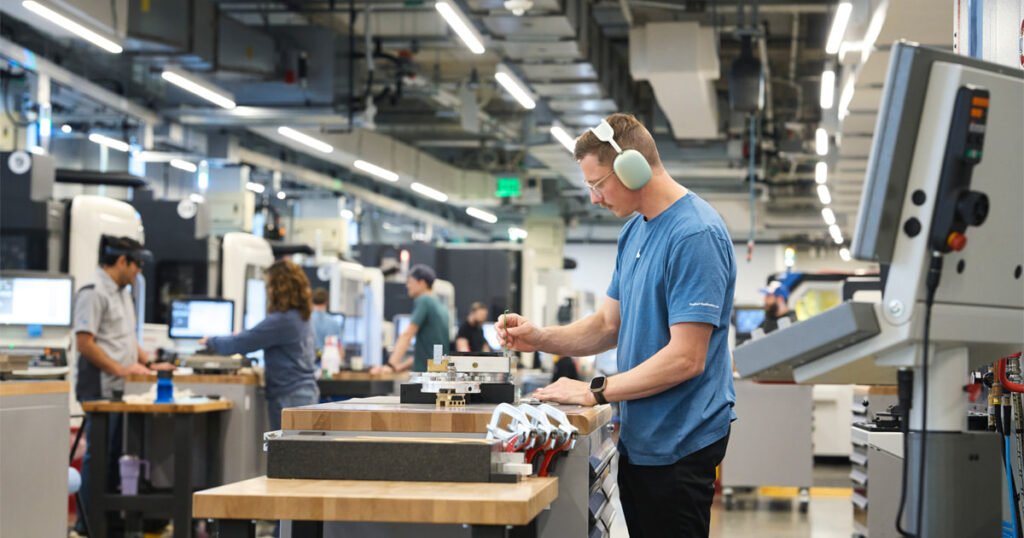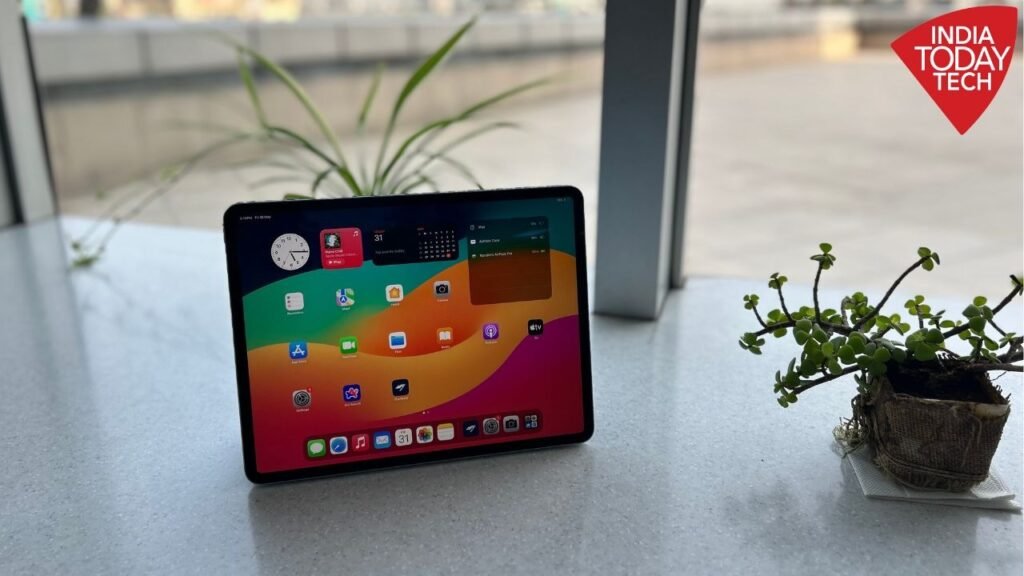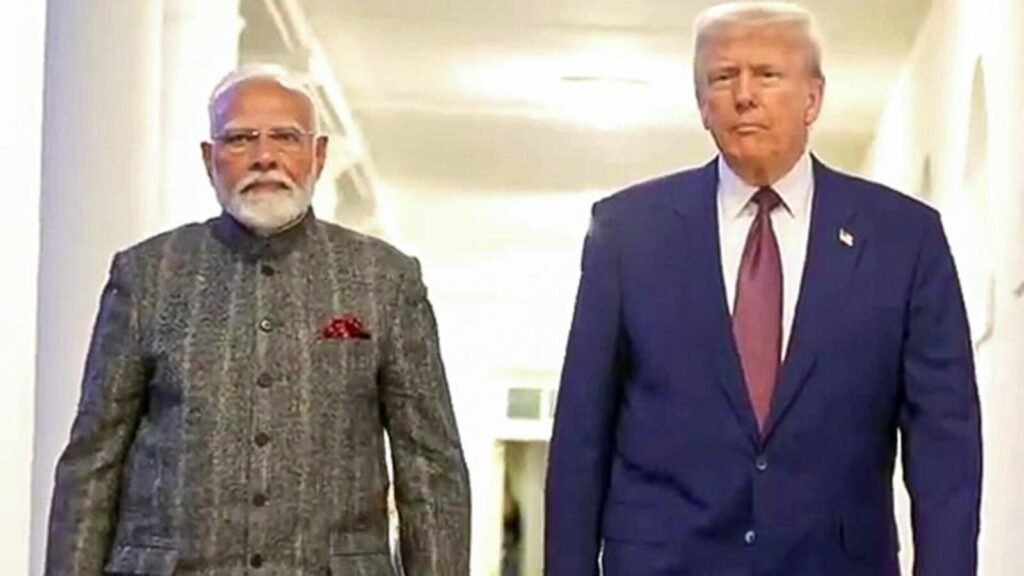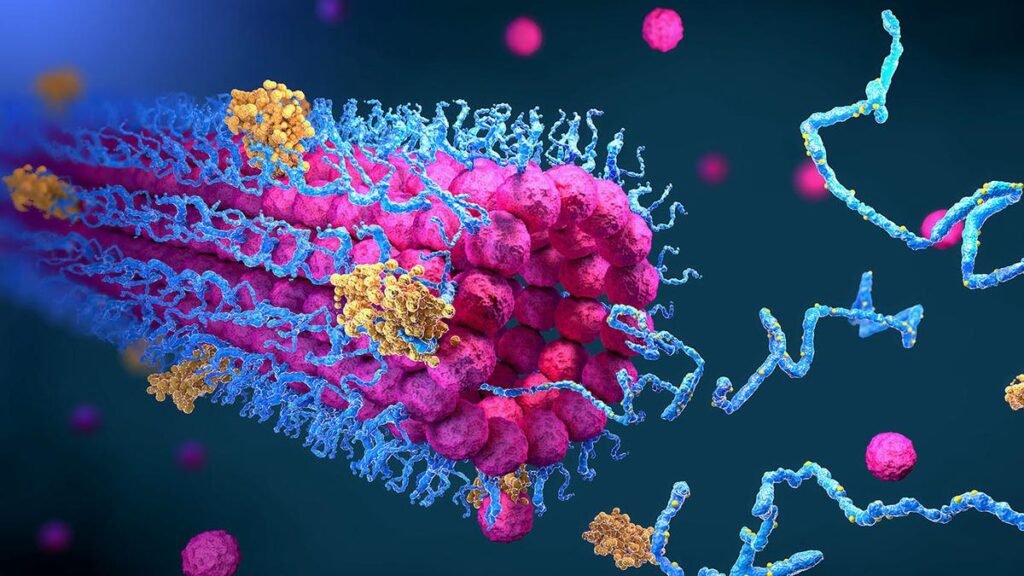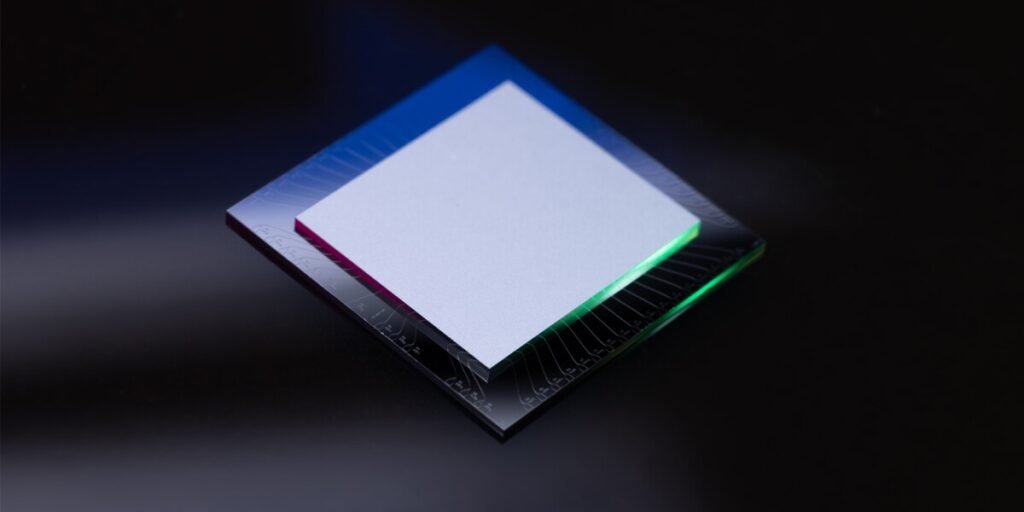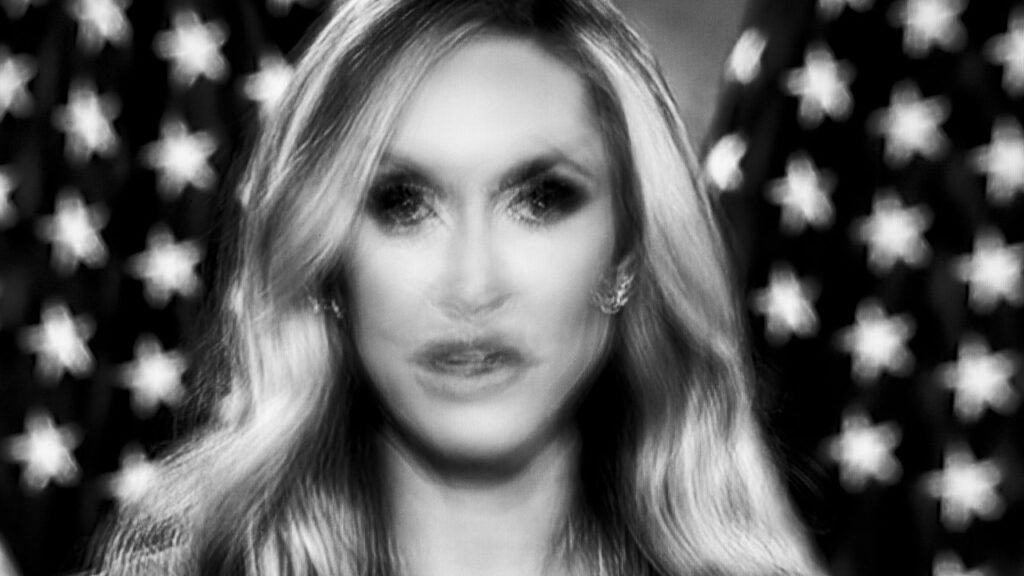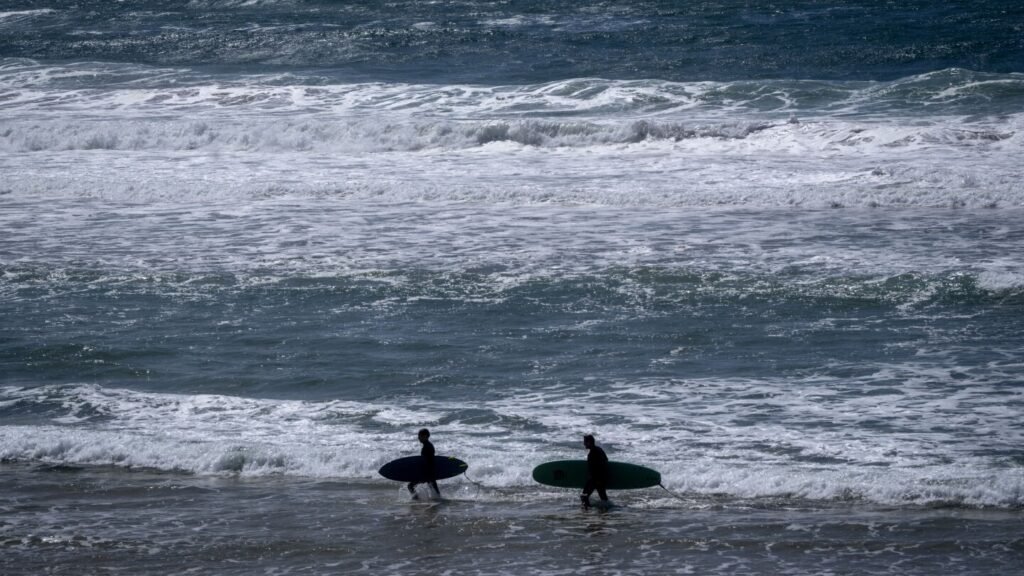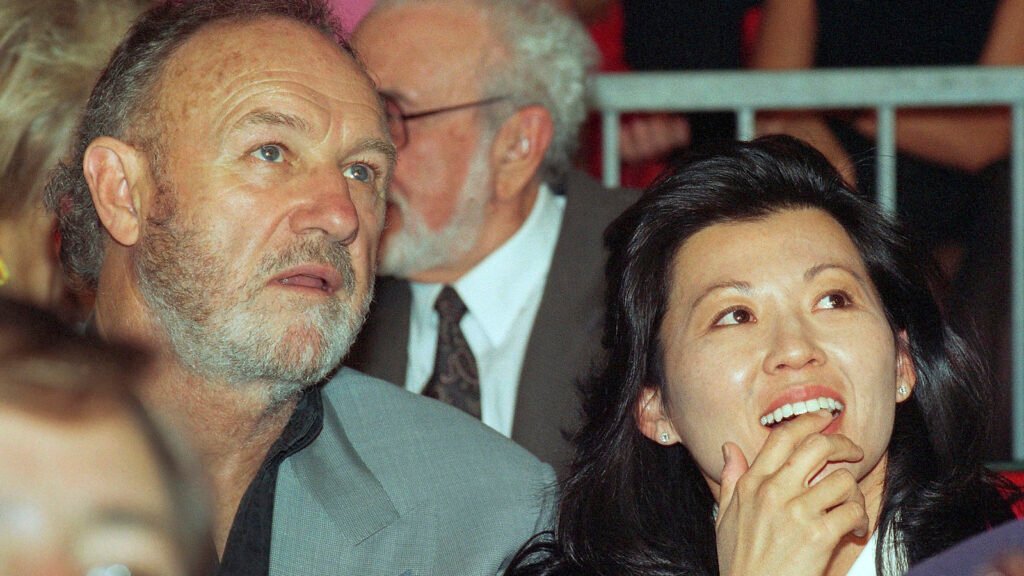Now Reading: ‘SAKAMOTO DAYS’ Opener ‘Method’ & Current Mindset
-
01
‘SAKAMOTO DAYS’ Opener ‘Method’ & Current Mindset
‘SAKAMOTO DAYS’ Opener ‘Method’ & Current Mindset

Japanese alternative rock band Kroi dropped a new single called “Method” on July 16. Both songs on the set — the title track being featured as the opening theme song for the anime series SAKAMOTO DAYS, and “Clay” — are powerful numbers showcasing the five-man band’s essence and future direction.
The members sat down with Billboard Japan to open up about the genre-bending band’s current mode as it continually evolves.
Kroi has been actively performing outside of Japan in recent years. Most recently, you performed at The Great Escape in Brighton, England in May, and during your Unspoil tour last year, you did a show in Taipei. Were there any takeaways from your experiences overseas?
Masanori Seki (Ba.): We want to be seen by all kinds of audiences in all kinds of places. Outside of Japan, we’ve had opportunities to perform in Taiwan, South Korea, the U.S. and the U.K. so far, and personally, the audience in South Korea left the biggest impression. The culture of concert-viewing over there is totally different from Japan. Some people had made banners and waved them during the show, and there were circle pits during our songs, which would be unthinkable back home. People were enjoying themselves like they considered concerts as places to party. That was a culture shock for me.
Yuki Hasebe (Gt.): This isn’t limited to live shows, but when I go abroad and speak with the people over there, there are many moments when they judge something by whether it’s “good or bad” and not “skilled or inept.” Like, “Well, they it messed up but it has a great vibe, so we’ll use it.” I find that way of thinking exciting and it’s interesting to me.
Daiki Chiba (Key.): I imagine there are differences between countries in the recording process as well. The music probably reflects the differences in the way people live and the basic lifestyles of each place. And how something fits depends on the person. The studio we used in the U.K. was the same one used by (Japanese guitarist) Tomoyasu Hotei. Apparently he records a lot over there, and I think that’s partly because the sound is good, and partly because he’s comfortable with the way things are done.
Hidetomo Masuda (Dr.): We did some recording in the U.K. with a producer present. In Japan, recording is like “making a fair copy,” but in the U.K., it was like we were writing the song together while recording. That was a new experience. It was more proactive and fun than how it’s done in Japan, and I wanted to apply it back home.
Uchida-san, do you have any thoughts on singing in places where the language is different?
Leo Uchida (Vo.): It feels like I’m getting closer to the style I’m aiming for. Of course when I write lyrics, I focus on the strength of the words, but there’s a part of me that wants to achieve something like the jolt I got out of the Western music I heard back in junior high. Even if there’s a language barrier, I want to communicate with people who don’t understand the words through sound, vibes, and groove. When we perform live in a country where we don’t speak the local language, it gets close to that feeling. It’s very fundamental. It feels more like we’re “doing music.” When I sing with an emphasis on the lyrics, I become more conscious of the message of the work, but when we perform live in a place where there’s a language barrier, it becomes this act of self-introduction through sound, like, “This is what our band is like.” That’s fun to do.
It’s a more fundamental way of communication.
Uchida: I feel the strength of music directly. That feeling of being able to connect with each other through sound. When I get a strong reaction from the audience, I feel that they probably understand us. I’m blown away each time because we’re communicating through music even though we don’t understand each other’s languages.
The band released its latest single “Method” on July 16. Both the title track and the accompanying song, “Clay,” feel important in that they represent new aspects of the band’s creativity. I’d like to ask you about “Method,” the opener for the anime series SAKAMOTO DAYS. Mr. Uchida, you once said that when writing songs that will accompany other works, you try to find overlapping aspects between that work and Kroi’s expressions. What was the overlap between SAKAMOTO DAYS and the band?
Uchida: The song is for SAKAMOTO DAYS’ second season, the “Death Row Arc” where the battles intensify and the contrast between the daily scenes and battle scenes becomes more pronounced. There’s this character named Shin Asakura, and a scene where he develops a new level of power. This was during battle, and when I saw that, I thought there are times we also feel something like that and get in the zone when we’re doing something, like during a live performance or while writing a song. For example, if I haven’t written songs for a while, I forget how to write them, and can’t get into that zone right away. Then when I go, “I’ll just keep moving my hands for now,” there are times when that level of concentration suddenly kicks in and it feels like I can keep writing forever. When performing live, no matter how well I warm up my throat, it feels like my awareness is above my head in the beginning, you know what I mean? Like I’m pulling back a bit.
You’re still calm and objective.
Uchida: But my awareness suddenly returns before I know it, and there are times when it feels like I’m blending into what’s happening onstage. That feeling I have and Shin leveling up in the midst of battle felt similar.
I see. So that line that goes, “Kimi no me, Sorasanaikara zutto” (“I won’t ever let you look away”), that’s also happening during that next level of awareness you’re talking about.
Uchida: Right. That “you” can be anyone or anything. In SAKAMOTO DAYS, it could be the protagonist Sakamoto’s family he’s trying to protect, or for me, the lyrics could overlap with my yearning to get into the zone again and performing each time thinking, “I hope I can feel like that again today.” I’ve written it so that there can be multiple meanings, not just double. So when I listen to this song years from now, I think the meaning of “you” will have changed. I write songs so that I can see new faces in them when time passes, so that they can grow like living things.
Have you all experienced this feeling of heightened awareness during recording or performing, too?
Hasebe: I have. The vibe of the audience differs from place to place, even within Japan, and when the energy of the crowd matches our wavelength, it makes me wish the show would never end.
The melody and sound of “Method” also serve to evoke that feeling of heightened awareness, of “getting into a zone” that you’ve been talking about.
Uchida: A major thing this time was, we didn’t add too many sounds besides the ones played by the band. Usually, we’d have arrangements on our recordings that we wouldn’t actually be able to reproduce onstage with just the five of us, like synths layered on top of Chiba’s two-handed electric piano playing, or percussion and horns on top of my guitar track. But this time, it’s very physical and we focused on a sound that we all make together. There weren’t too many tracks, were there?
Chiba: Yeah, not much compared to our usual music. When we were recording, we tried not to do anything unnecessary since it’s a tight song with relatively few notes.
Uchida: So this time, it was really like, “Let’s record Kroi close to its real live condition.” We’ve gotten more used to anime tie-ins, so the challenge was, “How do we write an anime opener, a composition that must leave an impression on the viewer, through just the lyrics, composition, and arrangement without bolstering it with (excessive) sound?” I think the sound captures Kroi’s fundamental ability to express itself and also that sense of getting into the zone on your own.
This might be a part that’s not included in the anime opener version, but the interlude where the organ and handclaps intermingle is really cool.
Chiba: That part isn’t included in the anime version, but the organ is something that can’t be omitted when discussing soul and funk, you know? I personally think it’s stylish to feature that now, in 2025, and in a J-pop anime number at that.
The other song on the single, “Clay,” also feels like it’s an important number for the band, lyrics included.
Uchida: I think “Clay” turned out to be a meaningful song for the band. There were moments when I could catch a glimpse of what everyone likes while writing it, and it’s a song like a palette. You know how a great painter’s palette can be a work of art in itself? It’s like that. Kroi squeezed out all the colors for making a song on a palette and released it in that state. [Laughs] That’s why I think this song will lead to the next one. It’s not so much about the musicality of this number, but rather the many things that Kroi will pick out in the future from the song that’s a jumble of various elements of the band. It’s a song that holds a lot of promise.
So “Clay” encompasses the future of Kroi.
Uchida: Yes. It’s great that we were able to put out such a song.
—This interview by Fumiaki Amano first appeared on Billboard Japan






